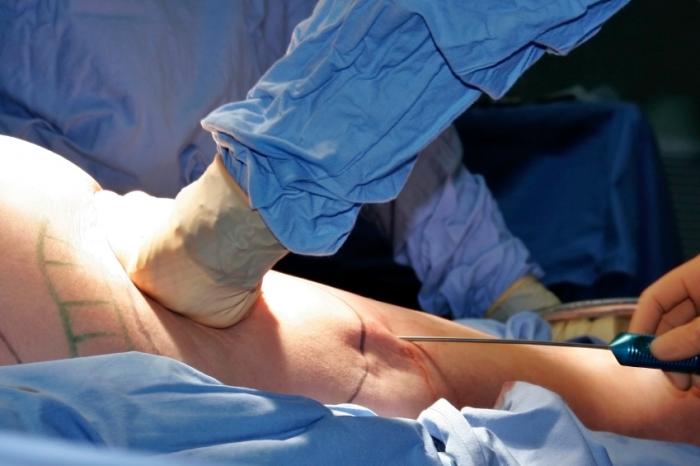Liposuction is a cosmetic procedure that removes fat from specific areas of the body. People explore this option to address fat deposits that do not respond to diet and exercise. The procedure targets localized fat in areas such as the abdomen, hips, thighs, and arms. Understanding the process can help you feel more prepared and informed about what to expect. This overview explains preparation, the procedure itself, and the recovery period.
How Do You Prepare?
Preparing for liposuction begins with a detailed discussion with your provider. You will review your medical history, any current medications, and your goals for the procedure. The provider will give you specific pre-procedure instructions to follow. These instructions may include stopping certain medications, such as blood thinners, for a period before the procedure.
Your provider may also request that you undergo lab tests to verify that your general health is suitable for the procedure. You will receive guidance on what to eat and drink in the days leading up to your appointment. Arranging for someone to drive you home afterward is another key preparation step, as you will not be able to drive yourself.
What Happens During Liposuction?
Here’s what you can expect on the day of your liposuction procedure:
- Marking the Treatment Areas: First, your medical team will carefully mark the specific areas on your body where the fat will be removed. This helps guide the surgeon during the procedure.
- Anesthesia for Comfort: Next, you’ll receive anesthesia so you are comfortable throughout. This might be local anesthesia, which numbs only the treatment area, or general anesthesia, which puts you to sleep. Your doctor will discuss the best option for you based on the extent of the procedure.
- Making Small Incisions: Once the anesthesia takes effect, the surgeon will make tiny, discreet incisions in your skin. These incisions are typically tiny, allowing them to heal well.
- Inserting the Cannula: Through these small incisions, a thin, hollow tube called a cannula is gently inserted. This cannula helps loosen the unwanted fat cells.
- Removing the Fat: Finally, a surgical vacuum attached to the cannula suctions out the loosened fat. The time required for the procedure depends on the amount of fat being removed and the number of areas being treated.
How Long Is Recovery?
The recovery timeline after liposuction varies from person to person. Immediately following the procedure, you can expect some swelling, bruising, and soreness in the treated areas. Your provider will likely have you wear a compression garment. This garment helps reduce swelling and supports the new contours of your body as it heals.
Most people can return to work and light activities within a few days to a couple of weeks. You will need to avoid strenuous activities and heavy lifting for several weeks, as directed by your provider. Following all post-procedure care instructions, including attending follow-up appointments, supports a smooth recovery. The final results become more apparent as swelling subsides over the following weeks and months.
Consult a Specialist
Making an informed decision begins with gathering clear and accurate information. If you are thinking about liposuction, consulting with a qualified specialist is the next logical step. A specialist can assess your individual situation, discuss your goals, and explain the details of the procedure as they relate to you. They can answer your specific questions and provide personalized guidance. Schedule a consultation to discuss your options and determine if this procedure aligns with your expectations.


